Climate-Smart Agriculture is essential to ensuring food security and combating climate change. By adopting Climate-Smart Agricultural methods, farmers can improve their yield while minimizing environmental damage caused by conventional farming techniques. Ultimately, this helps secure long-term food security for future generations without compromising the planet’s natural resources. Let’s check out more information about climate-smart agricultural methods for more yields and high profits below.
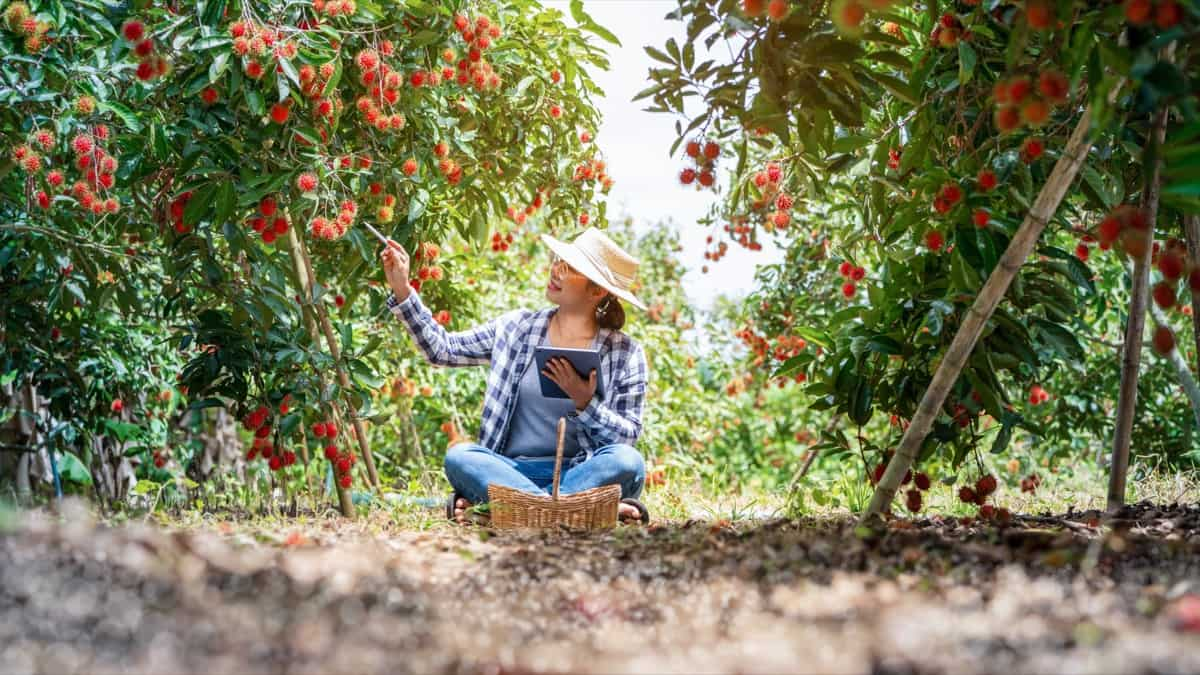
Objectives of Climate-Smart Agriculture
- One of the main objectives of Climate-Smart Agriculture is to ensure that farmers have access to information, resources, and technologies that enable them to adapt to changing climatic conditions. This means developing new crop varieties that are more resilient to heat stress, drought, or floods. It also entails using better soil management techniques such as conservation tillage or crop rotation to maintain healthy soils supporting crops.
- The objective of CSA is to increase agricultural productivity sustainably. This involves promoting improved seed varieties and soil and land management techniques that enhance crop yields without increasing greenhouse gas emissions or degrading natural resources.
- Climate-Smart Agriculture has emerged as one integrated solution in addressing food insecurity and adaptation/mitigation measures against climate change impacts on our planet’s fragile ecosystems – empowering communities’ livelihoods through sustainable farming practices while preserving natural environments for future generations.
- Another objective is to build resilience in farming systems against the impacts of climate change. CSA seeks to develop adaptive measures to withstand extreme weather events like droughts or floods, which are becoming increasingly common due to global warming.
- In addition, CSA focuses on reducing greenhouse gas emissions from farming activities while also contributing towards mitigating climate change. This includes adopting low-carbon technologies and practices such as conservation agriculture, agroforestry systems, and efficient use of water resources.
In case you missed it: Best Regenerative Agriculture Practices Every Grower Should Follow and Why It Is Important
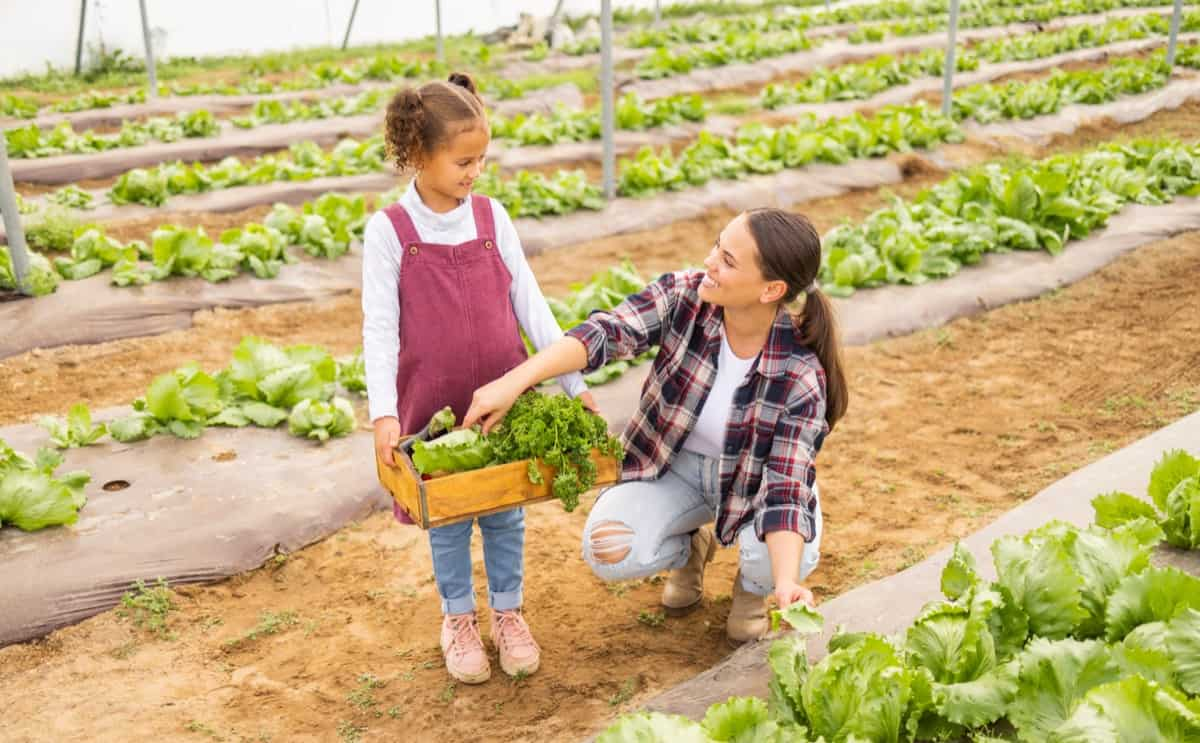
What are the Benefits of Climate-Smart Agriculture?
Climate-Smart Agriculture provides various benefits, making it an attractive option for farmers worldwide. One such benefit is its ability to reduce environmental impact. By adopting sustainable farming practices, such as using organic fertilizers, reducing tillage, and planting cover crops, farmers can help reduce greenhouse gas emissions and preserve natural resources like soil and water.
Another key advantage of Climate-Smart Agriculture is its potential to increase incomes for farmers. Smallholders can improve their livelihoods and build more resilient communities by improving yields through better crop management practices, investing in high-quality inputs like seeds and fertilizer, and diversifying their production systems to include livestock or fish farming.
In addition to these economic benefits, Climate-Smart Agriculture can help prevent food loss and waste by building more efficient supply chains that reduce spoilage during transportation. This means that less food goes to waste overall – which not only helps feed people but also reduces pressure on land use.
The key benefit of CSA is its focus on integrating different components of agriculture into a cohesive system. This integrated approach recognizes that crop yields depend not only on soil health and nutrient availability but also on water management, pest control, and biodiversity conservation. It helps farmers adapt to climate change by enabling them to produce more with less. This increases food security and reduces poverty among farming communities.
In case you missed it: How to Unlock Key Technologies to Improve Food Security: Reduce Pesticide Use and Enhance Crop Climate-Resilience
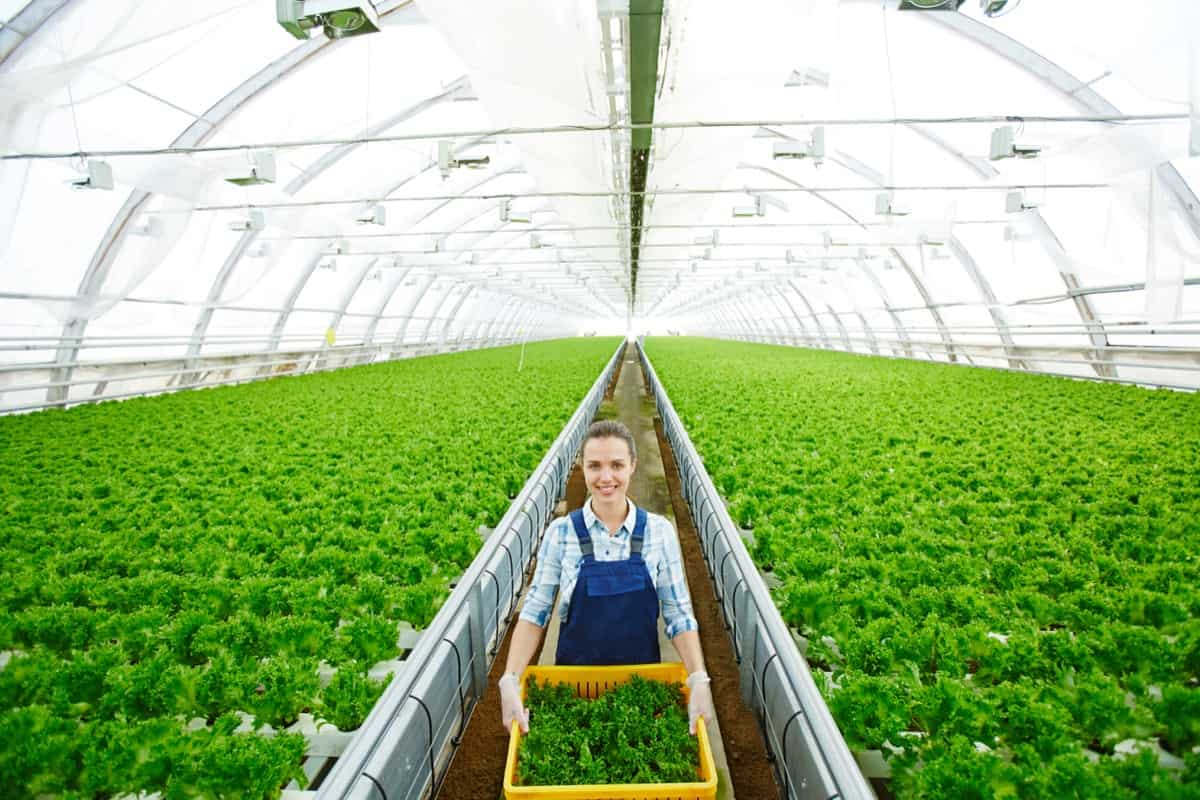
Different Types of Climate-Smart Agricultural Methods
- Climate-Smart Agriculture (CSA) is an integrated approach to managing landscapes that address the challenges of food security and climate change. CSA methods can be implemented in farms, crops, livestock, aquaculture, and capture fisheries.
- Management practices are a vital component of CSA systems. Conservation agriculture involves minimal soil disturbance, crop rotation, and cover cropping, which improves soil health while reducing greenhouse gas emissions. Integrated pest management helps farmers control pests without harming their environment or crops.
- Sustainable land management practices such as agroforestry and intercropping help enhance biodiversity on farmlands by planting trees alongside crops or growing different crops together. This method increases resilience to weather fluctuations while increasing yields.
- Another important aspect is improving water use efficiency through rainwater harvesting, drip irrigation, and other techniques that reduce water waste while maintaining crop productivity. Moreover, using quality seeds and well-adapted varieties improves crop resistance against droughts or floods.
Climate-Smart Agricultural Methods
Use of Quality Seeds and Planting Materials of Well-adapted Crops and Varieties
One important aspect of Climate-Smart Agriculture is using quality seeds and planting materials well-adapted to local weather conditions. This can improve crop productivity and resilience against extreme weather events like droughts or floods.
Biodiversity Management
Biodiversity management is another essential practice for sustainable farming. By maintaining a diverse range of crops, livestock, trees, shrubs, insects, and microorganisms on farms, farmers can enhance soil fertility and nutrient cycling while reducing pests’ impact on crops. Biodiversity management is a crucial aspect of Climate-Smart Agriculture. It involves the conservation and sustainable use of diverse plant and animal species, which can help adapt to changing climate conditions while improving crop yields.
Improved Crop Variety & Diversification
Improved crop variety & diversification practices involve growing multiple crops in a single field rather than monoculture cropping. This improves soil health and reduces exposure to market risk by expanding revenue streams from various products like fruits or vegetables. Diversifying crops means planting various plant types with varying characteristics, such as drought resistance or pest tolerance.
This helps farmers manage their risks from extreme weather events. Improved crop varieties also play a big role in Climate-Smart Agriculture. Plant breeders develop varieties that withstand severe weather conditions, pests, and diseases. These improved varieties offer more resilience against the negative effects of climate change on crops.
For example, some improved maize hybrid seeds can produce higher yields than traditional ones even during prolonged droughts due to their deep root systems that extract moisture from deeper soil layers. Moreover, diversified cropping systems promote biodiversity by providing a habitat for beneficial insects and pollinators, boosting plant productivity.
In case you missed it: Impact of Heat Waves on Agriculture: Affected Crops and How to Protect from Extreme Hot Weather
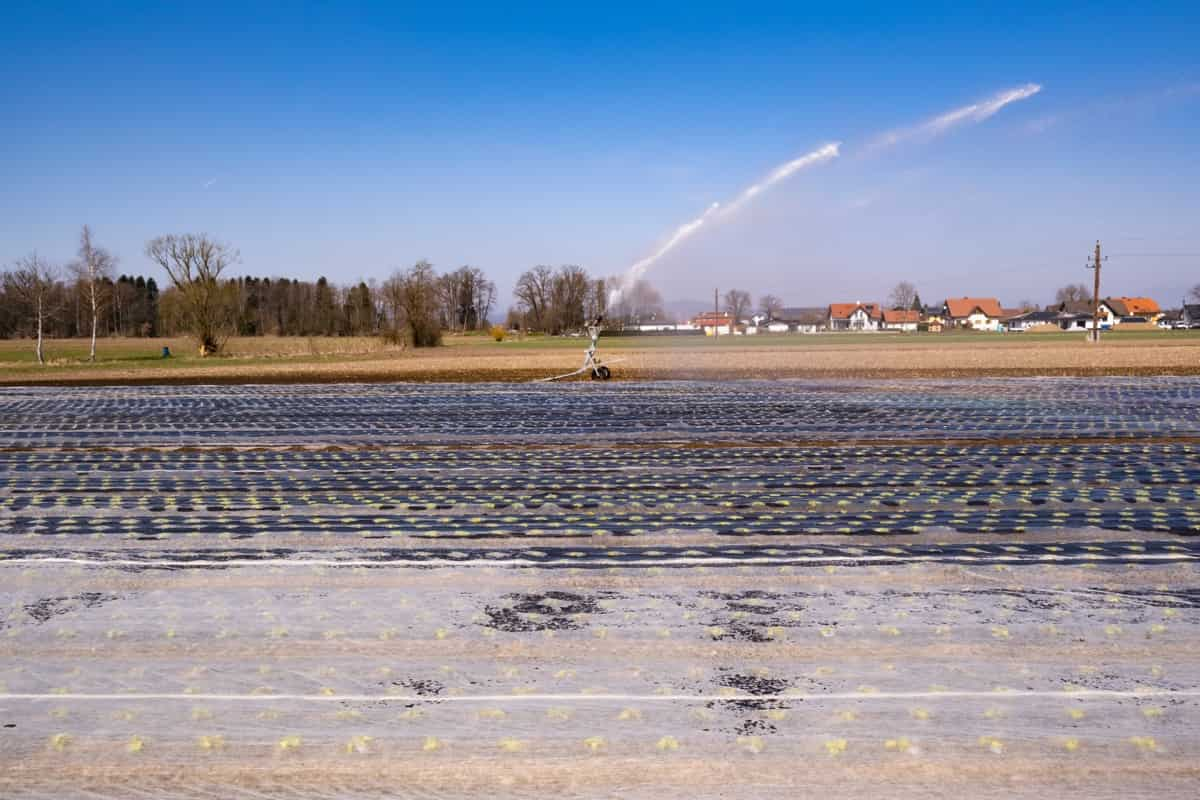
Conservation Agriculture
- Conservation Agriculture involves minimizing tillage activities that disturb the soil structure, possibly leading to erosion loss. Farmers plant cover crops during fallow periods with minimal disturbance through zero-tillage systems, which minimize greenhouse gas emissions by reducing fuel consumption during land preparation.
- Conservation agriculture practices help reduce greenhouse gas emissions by improving soil carbon sequestration through greater organic matter retention. Conservation agriculture reduces erosion and helps conserve water resources by minimizing soil disturbance.
- This has been shown to improve the yields of crops such as maize, wheat, and beans under various climatic conditions while enhancing food security in vulnerable communities. Furthermore, conservation agriculture requires less input than conventional farming methods making it more affordable for farmers with limited resources.
- Farmers can adopt this climate-smart agricultural technique by integrating traditional knowledge with modern technology, like using no-till seed drills or planting basins to ensure seeds are planted at an optimal depth without disturbing the soil structure.
Integrated Pest Management
Integrated Pest Management (IPM) aims to control pest populations without harming other organisms in the ecosystem. IPM includes using natural predators or parasites instead of chemical pesticides whenever possible. These techniques can reduce pesticide usage by using natural pest control methods like beneficial insects or crop rotation strategies instead. Improved water use and management practices include rainwater harvesting technologies or drip irrigation systems that conserve water resources.
One effective strategy in IPM is to promote biodiversity by planting crops that attract natural enemies of pests. This includes companion planting, where certain plants are grown alongside others for their mutual benefit. For example, marigolds release chemicals that repel nematodes, protecting neighboring tomato plants. Another key element of IPM is cultural management practices such as crop rotation and intercropping.
By rotating crops or growing different types, farmers can disrupt pest life cycles and prevent them from building up in large numbers. Biological controls such as pheromone traps or parasitic wasps can also target specific pests without harming other beneficial insects or pollinators like bees. By adopting Integrated Pest Management strategies within Climate-Smart Agriculture initiatives, farmers can protect their crops from damage caused by pests while reducing the environmental harm caused by excessive pesticide use.
Improved water use and management
Improving water use efficiency through measures such as drip irrigation can significantly reduce water usage on farms while improving yields at the same time. Climate-Smart Agriculture optimizes water usage through various techniques such as irrigation scheduling, precision irrigation systems, rainwater harvesting, and conservation tillage practices. Farmers can optimize their crop production using these methods while minimizing water waste.
Irrigation scheduling involves determining when plants need watering based on their growth stage rather than typical schedules. Precision irrigation systems allow for the precise distribution of water only where required, thereby reducing wastage. Rainwater harvesting captures runoff from rainfall events allowing farmers to store excess precipitation during wet times to be used later during dry periods.
In case you missed it: How Digital Agriculture/Farming Helps Rural Farmers – A Guide for Smart Farming

Conservation tillage reduces soil erosion which helps retain soil moisture content, thus increasing its ability to hold onto available moisture over time. Optimizing the use of water resources through improved management techniques will reduce our impact on the natural environment while increasing productivity levels and creating more efficient and sustainable agricultural systems.
Conservation Tillage
Conservation tillage is a soil management practice that contributes to Climate-Smart Agriculture. It involves leaving crop residues on the field after harvest instead of removing them, which helps to prevent soil erosion and maintain its structure. This method has been proven to have several benefits for farmers, the environment, and society. Conservation tillage reduces greenhouse gas emissions by maintaining carbon storage in soils.
Crop residues on the field decompose slowly, releasing less carbon dioxide into the atmosphere than conventional tillage methods where they are removed or burned. It conserves water by improving soil moisture retention capacity. The crop residues act as natural mulch that protects against evaporation and runoff during dry spells. It saves time and labor costs for farmers since they do not need to remove crop residues from their fields before planting new crops. Additionally, conservation tillage can increase yields in some cases due to improved soil fertility resulting from reduced disturbance of beneficial microorganisms.
Cover Cropping
Incorporating Climate-Smart Agriculture practices can greatly help farmers increase their yields, reduce risks and improve their profits. Cover cropping is an essential method that has proved effective in many regions of the world. It involves planting crops like legumes or grasses during the off-season to protect and enrich the soil. Cover crops hold moisture in the soil, enhance nutrient cycling, suppress weeds and pests, reduce erosion, and provide a habitat for beneficial insects that prey on harmful pests. This ultimately leads to improved soil health which translates into higher crop productivity.
Sustainable Soil and Land Management
Sustainable soil & land management practices include conservation tillage methods like no-till farming, which reduces soil degradation due to minimum disturbances over time, improving organic matter content and creating more productive soils. Sustainable soil and land management promote increased crop productivity by preserving ecosystem functions like nutrient cycling and erosion prevention measures such as terrace construction or cover cropping systems. Implementing these steps will lead to building more resilient farming communities in the face of environmental challenges brought about by climate change.
Sustainable Mechanization
- Sustainable mechanization emphasizes appropriate technology selection for farm operations based upon size/type of operation so as not only to achieve efficient resource utilization but also to promote equitable access amongst small-scale producers who lack resources to purchase or maintain large machinery.
- Mechanization can help smallholder farmers improve their yields by reducing post-harvest losses through timely harvesting and transportation. Furthermore, it enables farmers to adopt conservation tillage practices that reduce soil erosion and improve water retention in the soil.
- However, sustainable mechanization also requires careful consideration of the type of equipment used and its impact on natural resources such as soil health, water availability, and biodiversity. Farmers must assess their specific needs before investing in equipment or technology. For example, precision farming techniques like GPS mapping can ensure that fertilizers are applied accurately only when needed. This reduces waste while promoting optimal plant growth without damaging the environment.
- Sustainable mechanization plays an essential role in achieving Climate-Smart Agriculture by improving efficiency in production processes while minimizing negative impacts on natural resources.
In case you missed it: A Guide to Understanding Irrigation Management: Check How this Helps Farmers
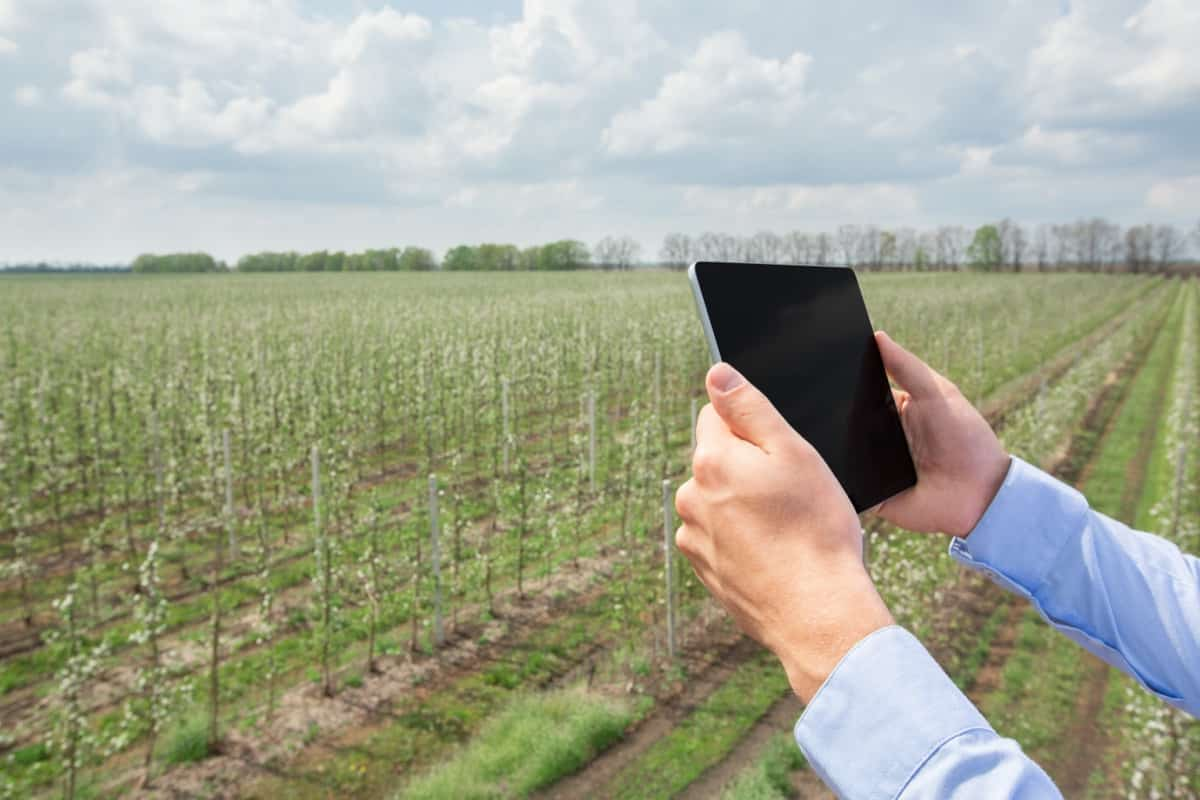
Conclusion
Climate-Smart Agriculture (CSA) is a holistic approach to managing landscapes, including cropland, livestock, forests, and fisheries. It aims to address the interrelated challenges of food security and climate change by promoting sustainable land use practices. Climate-Smart Agriculture is an innovative and sustainable approach to farming that seeks to increase crop yields while reducing environmental impact.
- How to Make Houseplants Bushy: Effective Tips and Ideas
- Innovative Strategies for Boosting Coconut Pollination and Yield
- Pollination Strategies for Maximum Pumpkin Yield
- The Complete Guide to Chicken Fattening: Strategies for Maximum Growth
- Natural Solutions for Tulip Problems: 100% Effective Remedies for Leaf and Bulb-Related Issues
- Revolutionizing Citrus Preservation: Towards a Healthier, Greener Future
- Natural Solutions for Peony Leaf and Flower Problems: 100% Effective Remedies
- Maximizing Profits with Avocado Contract Farming in India: A Comprehensive Guide
- Natural Solutions for Hydrangea Problems: 100% Effective Remedies for Leaf and Flowers
- The Ultimate Guide to Choosing the Perfect Foliage Friend: Bringing Life Indoors
- From Sunlight to Sustainability: 15 Ways to Use Solar Technology in Agriculture
- The Ultimate Guide to Dong Tao Chicken: Exploring from History to Raising
- The Eco-Friendly Makeover: How to Convert Your Unused Swimming Pool into a Fish Pond
- Mastering the Art of Delaware Chicken Farming: Essentials for Healthy Backyard Flocks
- 20 Best Homemade Fertilizers for Money Plant: DIY Recipes and Application Methods
- How to Craft a Comprehensive Free-Range Chicken Farming Business Plan
- Brighten Your Flock: Raising Easter Egger Chickens for Beauty and Bounty
- How to Optimize Your Poultry Egg Farm Business Plan with These Strategies
- Subsidy for Spirulina Cultivation: How Indian Government Schemes Encouraging Spirulina Farmers
- Ultimate Guide to Raising Dominique Chickens: Breeding, Feeding, Egg-Production, and Care
- Mastering the Art of Raising Jersey Giant Chickens: Care, Feeding, and More
- Ultimate Guide to Raising Legbar Chickens: Breeding, Farming Practices, Diet, Egg-Production
- How to Raise Welsummer Chickens: A Comprehensive Guide for Beginners
- How to Protect Indoor Plants in Winter: A Comprehensive Guide
- Ultimate Guide to Grow Bag Gardening: Tips, Tricks, and Planting Ideas for Urban Gardeners
- Guide to Lotus Cultivation: How to Propagate, Plant, Grow, Care, Cost, and Profit
- Agriculture Drone Subsidy Scheme: Government Kisan Subsidy, License, and How to Apply Online
- Ultimate Guide to Raising Araucana Chickens: Breed Profile, Farming Economics, Diet, and Care
- Bringing Hydroponics to Classroom: Importance, Benefits of Learning for School Students
- Ultimate Guide to Raising Polish Chickens: Breed Profile, Farming Economics, Diet, and Care
- Ultimate Guide to Raising Australorp Chickens: Profile, Farming Economics, Egg Production, Diet, and Care
- Silkie Chicken Farming: Raising Practices, Varieties, Egg Production, Diet, and Care
- Sussex Chicken Farming: Raising Practices, Varieties, Egg Production, Diet and Care
- Homemade Feed Formulations for Livestock: Discover Cost-effective Starter to Finisher Feed Recipes
- 20 Best Pig Weight Gain Supplements: Top Swine Weight Gain Formulas
- Ultimate Guide to Elderberry Farming: Propagation, Planting, Yield, Cost, and Profit